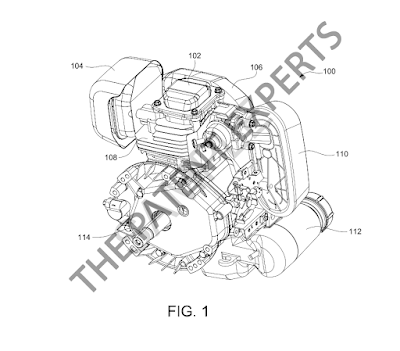As an innovator, you must safeguard your intellectual property by obtaining patents. Yet, the type of patent you apply can have a significant impact on the level of protection and the breadth of your rights. The sort of patent drawings you submit, in particular, can have an influence on the strength of your claim. We'll look at the distinctions between utility patent and design patent drawings in this post to help you decide which form of patent is ideal for your innovation.
Patent
Patents are legal papers that provide inventors the exclusive right to create, use, and sell their innovations for a specific time period. Nevertheless, not all patents are made equal. Patents are classified into two types: utility patents and design patents. While both offer significant safeguards, they address distinct parts of an innovation.
What are Utility Patents?
A utility patent is the most prevalent sort of patent. It includes new and useful methods, machinery, objects of production, or substance compositions, as well as any new and beneficial improvement to those. Essentially, if your idea has a practical use, it can be covered by a utility patent.
What are Design Patents?
A design patent, on the other hand, protects the aesthetic design of a manufactured item. This means that a design patent protects the appearance of an object rather than its function. Design patents are frequently used to protect the aesthetics of consumer goods such as smartphones, furniture, and apparel.
Utility Patent Drawings
A utility patent application must include utility patent drawings. They are utilised to demonstrate the innovation and aid in the clarification of the textual description. The drawings must be clean and detailed, and they must depict every aspect of the invention specified in the patent application.
What Should Utility Patent Drawings Include?
Every aspect of the invention specified in the patent application should be included in the utility patent drawings. This covers the invention's structural and functional elements, as well as any components or materials employed. The illustrations should be precise enough that a knowledgeable in the art may grasp the invention without further description.
How Many Drawings Should Be Included?
The volume of drawings required for a utility patent application might vary, but in general, include as many drawings as are required to properly depict the invention. In certain circumstances, a single drawing may enough, others dozens of drawings may be necessary.
Can Photographs Be Used Instead of Drawings?
Photos may be used in place of drawings in a utility patent application, but they are not always the best choice. Drawings are more exact and detailed than pictures, and they frequently offer a more complete image of the idea. But, if images are utilised, they should be clear, well-lit, and high-resolution.
Design Patent Drawings
Design patent drawings should depict every feature of the design that is claimed in the patent application. Surface ornamentation, texture, and form are all examples of design elements. The drawings should also represent the object in perspective so that the design may be examined from several perspectives.
How Many Drawings Should Be Included?
A design patent application must contain at least one drawing that depicts the design clearly. Nonetheless, many drawings are sometimes used to illustrate alternative perspectives or to demonstrate design variants. The drawings should be labelled with descriptive text to assist describe the design.
Can Photographs Be Used Instead of Drawings?
In a design patent application, photographs cannot be used in place of drawings. Design patent drawings must be drawn in black and white, with shading utilised to depict depth and contour, according to the US Patent and Trademark Office (USPTO). Photos cannot be utilised since they may not correctly capture the design's intricacies.
Which Type of Patent is Right for You?
Deciding between a utility patent and a design patent is determined by the nature of your innovation. If your innovation has a practical use and involves functional or structural components, a utility patent is generally the best option. Nevertheless, if your innovation is solely decorative in nature, such as a novel design for a consumer product, a design patent may be more suited.
When it comes to patent drawings, working with an experienced patent attorney or
Patent Illustrator is critical to ensuring that your drawings are correct and effective in displaying your innovation. Poorly produced or imprecise patent drawings might undermine your patent or possibly cause it to be rejected.
Conclusion
In summary, utility patent drawings depict the practical or structural features of an invention, whereas
design patent drawings depict the decorative design of an object. Both types of patent drawings are necessary for obtaining patent protection for your innovation, and it is critical to collaborate with skilled specialists to ensure that your drawings correctly portray your idea.
FAQs
- Can I file both a utility patent and a design patent for the same invention?
- Do I need to hire a professional patent illustrator to create my patent drawings?
- How long does it take to get a patent approved?
- Can I update my patent drawings after I file my patent application?
- What happens if my patent is challenged or infringed upon?


Comments
Post a Comment